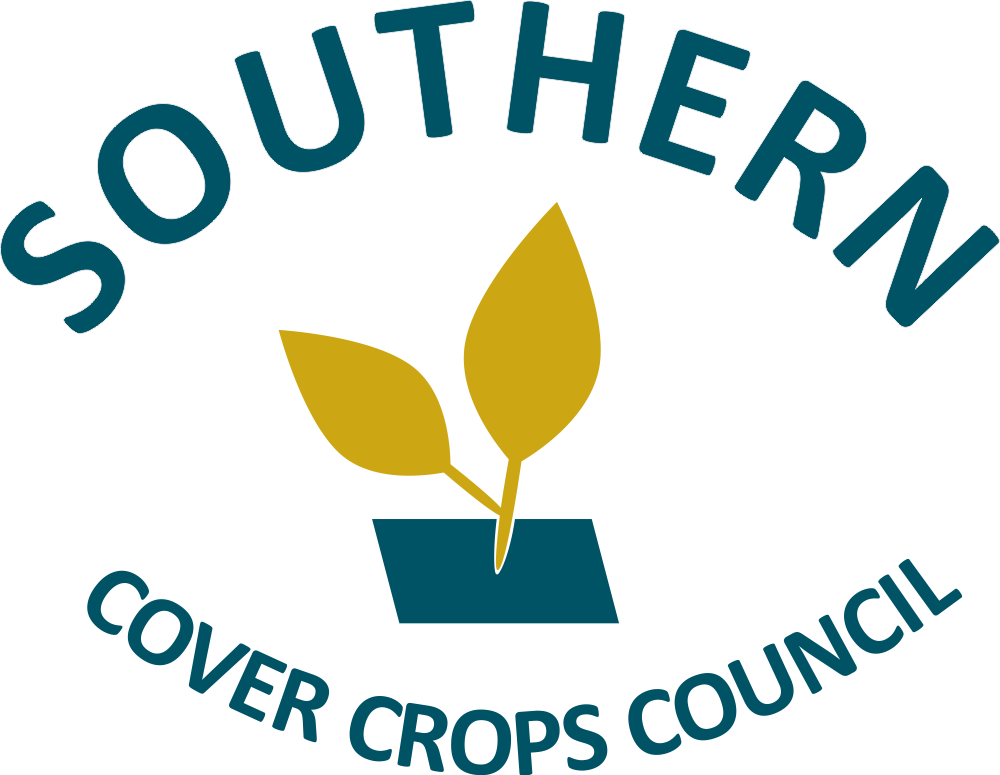Cover Crop Fertilization
Similar to cash crops, cover crops grow best at a slightly acid to neutral pH (6.0-7.0) and with adequate fertility. The best way to ensure this is to test your soils regularly, and follow the recommended nutrient and lime recommendations.
Soils in the Piedmont, Mountains, and Ridge & Valley tend to have more clay or silt than soil in the Coastal Plains. These finer-textured soils tend to retain more residual nitrogen compared to sandy- textured soils, which can favor high cover crop biomass production. Many farmers have good biomass production in these regions without the application of additional fertilizers. However, research in the silt loam soils of the Ridge & Valley indicates that to maximize cover crop biomass production of fall planted small grains like cereal rye, additional nitrogen should be applied at planting.
Legumes do not need additional nitrogen, but grow best at a neutral pH and with adequate phosphorus.
